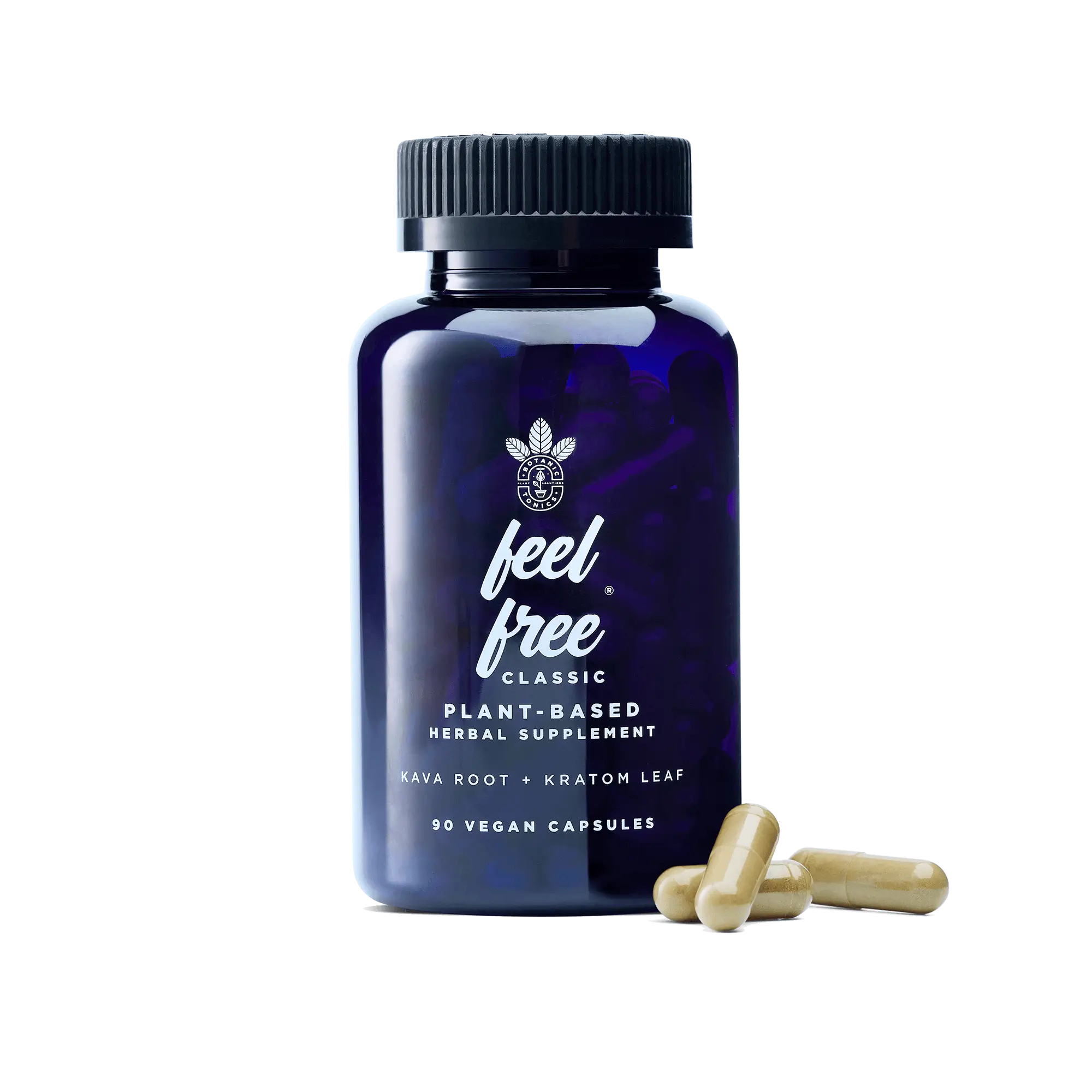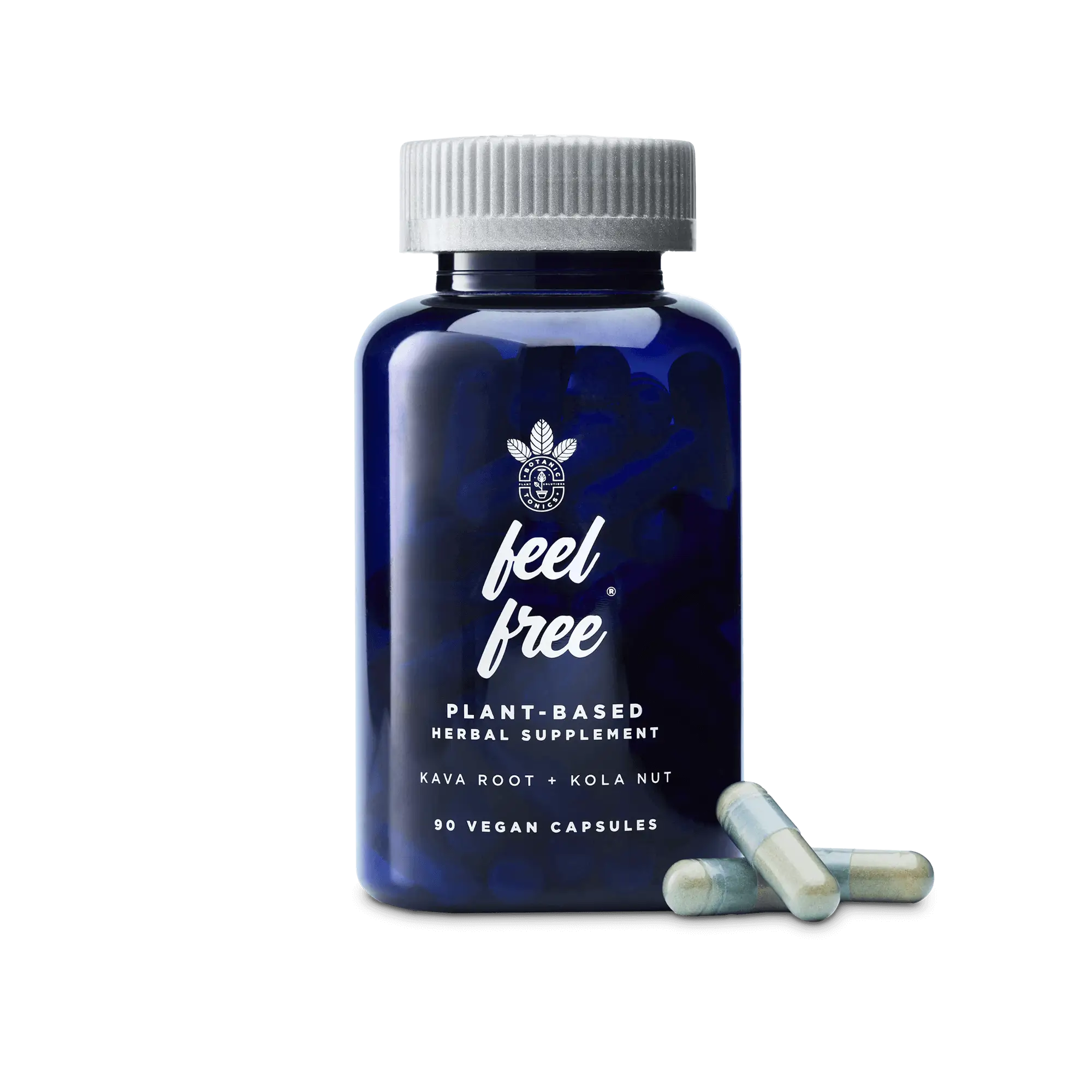Kava is celebrated for its soothing qualities. How can kava bring you to a state of happiness that intense? The plant has long been used as a method to achieve calm and feelings of happiness for centuries. These properties are well-documented by cultures throughout the South Pacific and Southeast Asia where kava is grown, and many people enjoy kava for occasional stress and for a boost of energy. feel free wanted to bring these effects to new audiences. They developed their feel free CLASSIC tonic so others could experience this plant for themselves. So, how does it work?
The Secret Is in the Kavalactones

Kava is truly defined by kavalactones, compounds found in the plant. These compounds (of which there are 18 currently known) are what bring about the feelings of calm. Specific kavalactones interact with parts of the brain and have calming qualities. In just seconds after having kava, you’ll notice a numbing of the tongue. It can feel weird at first, but it’s part of the kavalactone experience. The effects are typically feelings of happiness or joy building up to bliss. When you have a kava tonic, it doesn’t take long until kavalactones begin the remarkable process of creating a blissful state.
The Safety of Kava

While it’s easy to draw similarities between kavalactones and other mood-altering substances, kava is known for being safe. Whether brewed as tea or made into a specialized tonic, like feel free. kava won’t bring you down. Like any product, it’s recommended that you enjoy it in moderation, but you can enjoy it knowing you’ll feel that sense of calm and bliss without any after effects.
Enjoy the feeling for yourself with feel free.
















